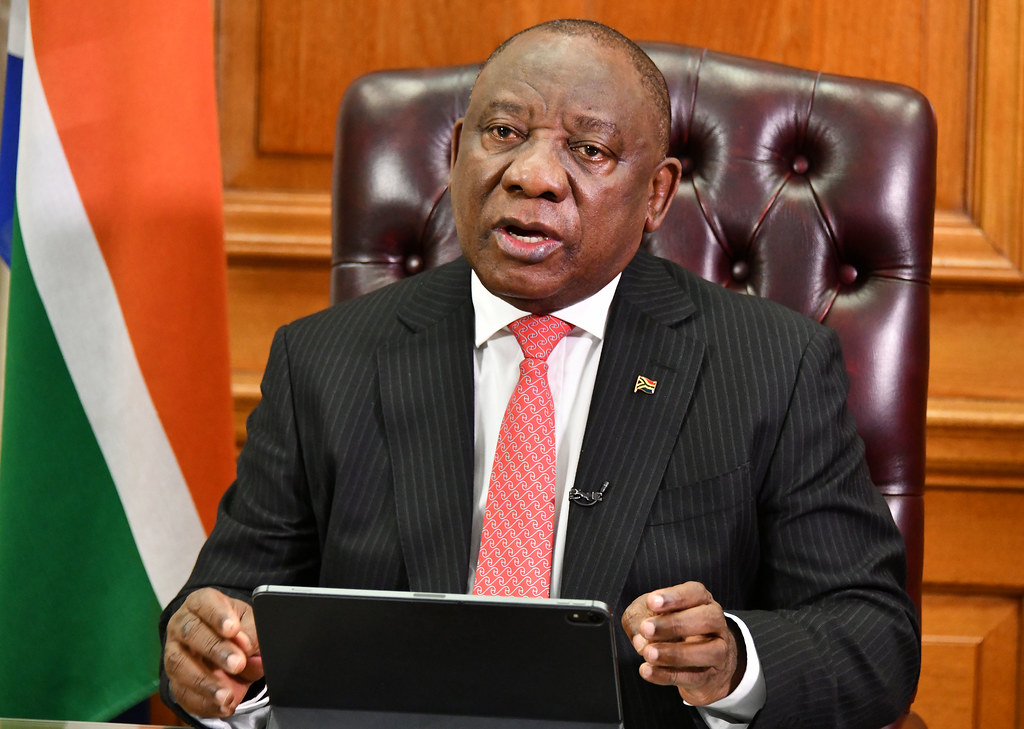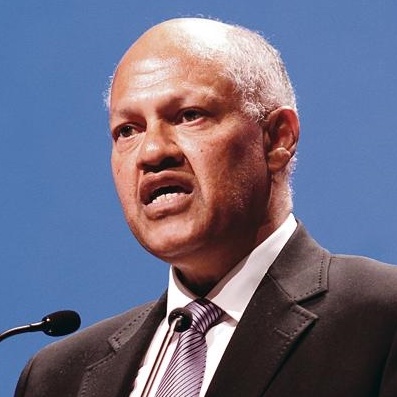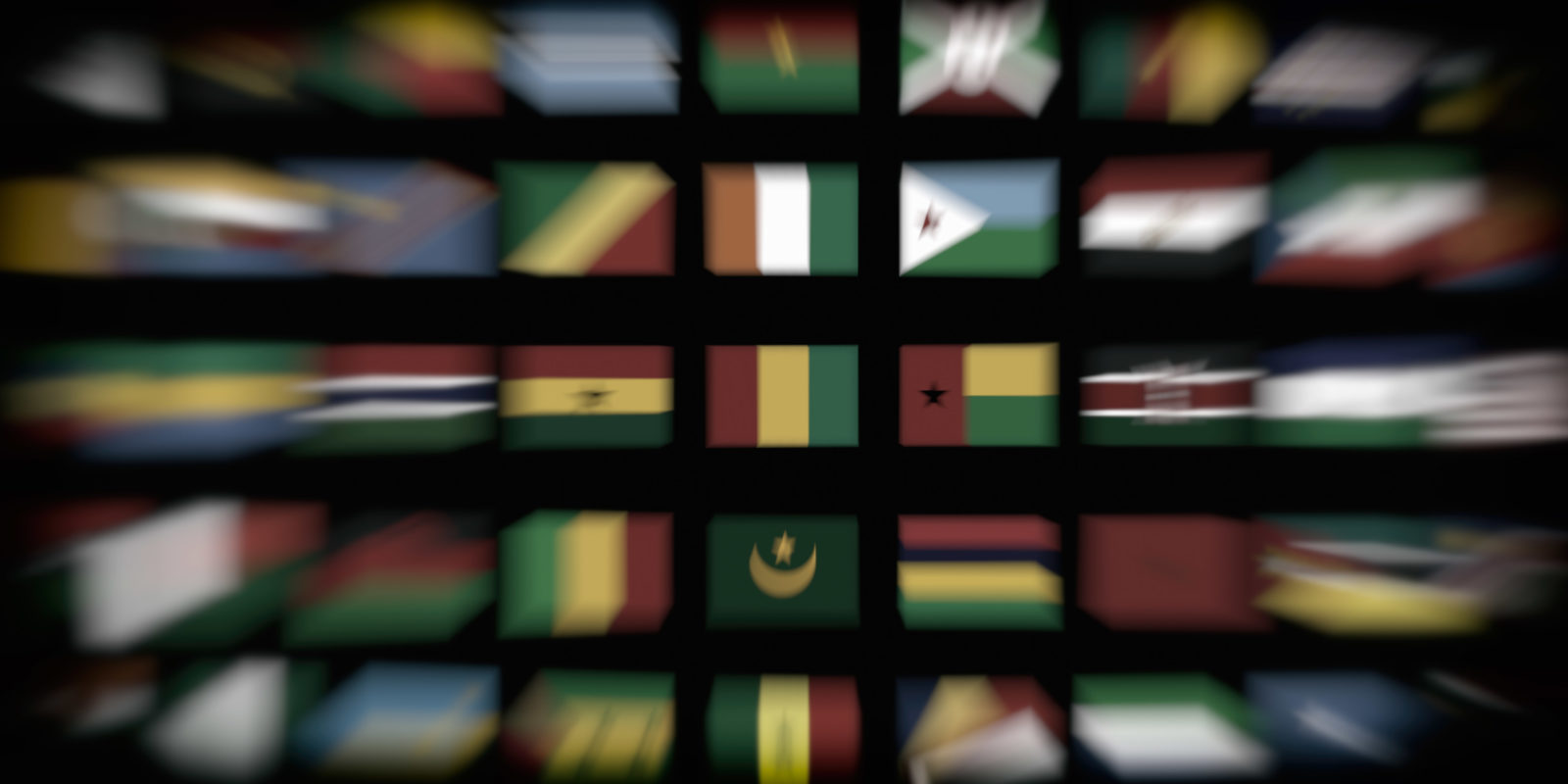News
SA says it is ready for a coronavirus outbreak
Biological threats are of course, not the only ones the nation faces.

There is considerable traffic between mainland China, the Pacific-Rim countries, Australia and South Africa (and Lesotho), prompting the NICD to give citizens the assurance “that we are prepared for the eventuality of an outbreak”.
Is the claim credible? In Vital Signs: Health Security in South Africa (Johannesburg, Brenthurst Foundation), released on 30 January 2020, we document that it is. The NICD is a high-performing infectious disease detection and surveillance agency. The World Health Organisation’s (WHO) Joint External Evaluation (JEE) gave South Africa a technical assessment rating of four out of five for surveillance and a five out of five for the laboratory testing. In October 2019, the Global Health Security Index produced by the Nuclear Threat Initiative (NTI), the Johns Hopkins University and the Economist Intelligence Unit gave the country full marks for its laboratory and intersectoral human-animal-environmental data systems. For real-time surveillance and reporting, we received a decent score of 78.3 out of 100.
A core entity at the NICD is its Special Pathogens Unit, led by the able Dr Janusz Paweska. Paweska led South Africa’s response team to assist with the West African 2014-2016 Ebola outbreak as part of the international effort. He directs a Biosafety Level 4 (BSL4) laboratory, one of only two on the African continent (the other one is in Gabon), which has the systems to securely house and contain high-consequence pathogens like Ebola and Marburg.
Paweska and Lizeka Tandwa prepared the chapter on infectious disease and biological risks for Vital Signs and, after reviewing the country’s strengths and weaknesses, called on the national government to declare the NICD’s BSL4 (and BSL3) laboratories of national strategic importance in order to “secure their long-term role in preparedness and response to dangerous pathogens, and bioterrorism”.
High-end laboratories, central to a capable public health system under any circumstances, are expensive to build and maintain. To realise their full potential, they argue that there “must be intensive and broad collaborations between African countries in the era of emerging infectious disease to ensure that African scientists are actively involved in preparedness and response programmes to counteract the emergence of dangerous, high consequence pathogens”, (p.48).
Biological threats are of course, not the only ones the nation faces.
South Africa is a mining and a chemical-based economy. In their chapter on chemical risks, Michael Kahn and Brett Cohen document hazards that are associated with the direct and indirect contacts people have with chemicals. They highlight the fact that the WHO found South Africa to have the instruments in place to respond to chemical events, but that government does not vigorously enforce risk management. Kahn and Cohen therefore urge the government to enforce its regulatory regime.
South Africa has been a producer of chemical weapons since World War 1. During late apartheid, under Project Coast, high consequence agents and toxins were developed for domestic riot control, the wars against South West African Peoples Organisation (Swapo), the liberation movements in exile – especially the ANC – and against the leadership of the mass democratic movement at home. Former President FW de Klerk ordered the dismantling of Project Coast but, despite the assurances its leader, the cardiologist Dr Wouter Basson gave, this was never certified. We do not know where the pathogens and toxins were trafficked to.
Kahn and Cohen note that while the production and accessibility of chemical weapons are subject to intensified regulations, they also warn that weak restrictions on the sale of chemicals have resulted in their use to carry out attacks in other countries. In Vital Signs, they make a strong case for introducing a parliamentary oversight mechanism for health security compliance that includes the trade in chemicals, treating the dangerous agents as precursors to weapons of mass destruction.
De Klerk also ordered the dismantling of South Africa’s six-and-a-half nuclear bombs, but this time, the procedure was subject to international certification. In their chapter on nuclear and radiological security, Michael Kahn and Terence McNamee remark that the secrecy and lack of international oversight during the weapons’ development phase generated many security gaps that were breached at least three times, as far as we know. The breaches and the hosting of the 2010 FIFA World Cup prompted stricter regulation of nuclear security.
While compliant with international nuclear security provisions, many concerns remain over the safety of its nuclear energy programme, including those posed by nuclear medicine and the use of Cesium-137 and Cobalt-60 – the ingredients of a “dirty” bomb – for radiotherapy in the public and private health sectors.
Nuclear, radiological, chemical, environmental and infectious disease risks are the old “species of trouble”, as the sociologist Kai Erikson once put it. In our times, the new species of trouble are extreme weather events driven by climate change, the risks pose the extraordinary development of synthetic biotechnology innovations and the battle between those working hard to hack into, and those working equally hard to protect, the information security of our laboratories, nuclear facilities and other vulnerable institutions.
In their chapter on climate, drought, food security and health, Robbie Parks, Megan McLaren, Ulrike Rivett and Madeleine Thomson observe that based on current climate projections, the frequency of extreme weather events is expected to increase. Changes in temperature and rainfall patterns will impact agricultural yields, and affect food security. The combined effects of climate change pose significant health hazards, particularly for those already at risk as the elderly and those merely surviving under the breadline. Cape Town’s 2017 water shortage emergency will be repeated there – and in other parts of Southern Africa – requiring better forecasting and upscaled investments in preparedness, and emergency response.

In their review of the overall threat environment, Jaco-Louis du Plessis, Greg Mills and Wilmot James also touch on the hazards of food contamination as illustrated by what was the worst listeriosis outbreak in recent times. When it comes to cybersecurity, they note that there has been a marked increase in medical data breaches since 2016 and that their per capita cost in 2018 was R36.5-million. They warn that a large-scale breach of data, or malware attacks, would be costly and cause tremendous harm to public trust. While South Africa is not vulnerable to terror attacks at this time, our chemical, radiological, nuclear and biological security is vulnerable to ordinary crime to the extent that calls for the upscaling of physical plant security, staff training and the managed reduction of normal operational risks must be heeded.
What is to be done? In Vital Signs, we make the case that a new approach to health security that covers both the old and new species of trouble should be developed and financed. In a chapter that deals with health security preparedness investment, Jonatan Daven, Wilmot James and Michael Kahn review current expenditure in health security, and assess the cost to the economy of failing to invest in the better detection, prevention, mitigation of and response and recovery to catastrophic events. They call on Treasury to conduct a health security expenditure review in anticipation of developing a more comprehensive health security budget.
Because the old and new species of trouble cut across many more state departments, Vital Signs is of the view a new system of horizontal government that includes the health, agricultural, environment, science and technology, higher education, defence and intelligence sectors and led by the presidency should be introduced to manage the nation’s catastrophic risks. Because all governments require oversight, we also recommend that Parliament establish a Standing Commission on Health Security with a mandate of exacting executive accountability.
Finally, we recommend that government invest in a longitudinal research agenda on the current, emerging and future domestic, regional, continental and global catastrophic hazards, risks and threats the nation faces to be undertaken at our science councils and universities, and to invest in reversing the brain-drain and knowledge decay in some critical areas as highlighted by the many experts who are contributors to Vital Signs.
What are the prospects for success? Poor to mixed we believe. There is a great deal that is very wrong with South Africa. Things just don’t work in key areas of life. Under former President Jacob Zuma’s leadership, a great deal of deep damage was done to the limited capacity of the state to serve the nation with a capable administration. But there is an upside when capable agencies like the NICD excel by example and become the foundation for building strength in the health sector as a whole. That is why the government should invest in building up our promising institutions. To do so takes focus, funding and most importantly, bold leadership.
This article was originally published on The Daily Maverick.


